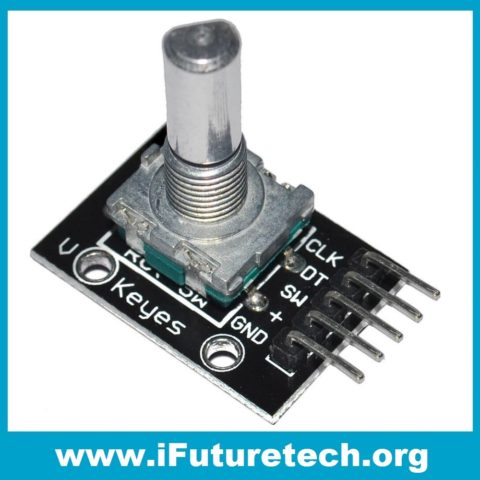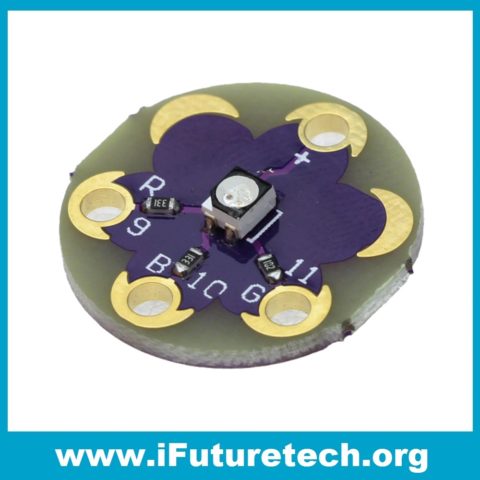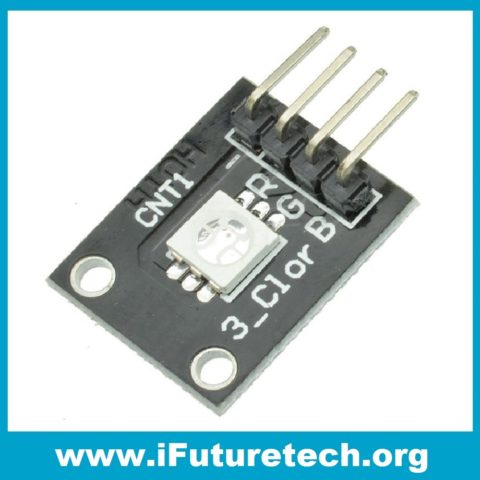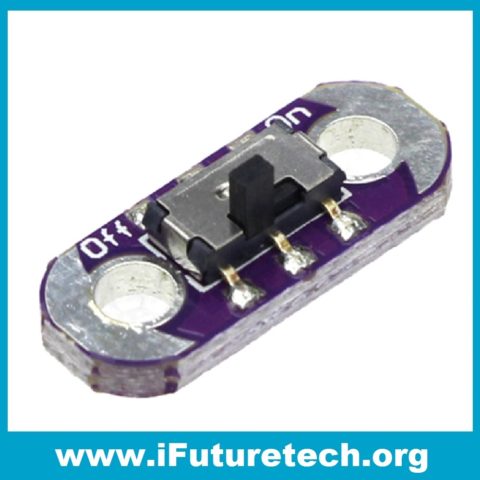Active Buzzer Alarm Module is an essential component for adding sound and audio feedback to your electronic projects. Unlike its passive counterpart, an active buzzer contains an internal oscillation circuit, which means you can generate a continuous tone simply by applying a DC voltage. This makes it incredibly easy to use and a popular choice for beginners and experienced makers alike. Whether you’re building a simple alarm, a notification system, or a warning signal for your robot, this module provides a straightforward and effective way to get your project to “speak.” You can integrate it with a wide range of microcontrollers like Arduino, Raspberry Pi, and ESP32 with minimal effort.
Key Features:
- Integrated Oscillator: The onboard oscillation circuit allows the buzzer to produce a fixed-frequency tone automatically, eliminating the need for complex signal generation from your microcontroller.
- Easy to Use: Simply apply a high logic level (e.g., 5V) to the signal pin to turn the buzzer on, and a low logic level (GND) to turn it off. This makes it perfect for simple on/off audio alerts.
- Standard Interface: The module comes with a standard 3-pin header, making it easy to connect to breadboards or jumper wires.
- Clear Sound Output: It produces a loud and clear tone at a specific frequency, ensuring your audio alerts are easily audible.
- Wide Voltage Range: The module typically operates over a wide voltage range, accommodating both 3.3V and 5V systems.
Technical Specifications:
- Operating Voltage: 3.3 V to 5.0 V DC
- Logic Level: 3.3 V / 5 V TTL
- Current Consumption: ~30 mA (active)
- Resonant Frequency: Approximately 2.5 kHz
- Operating Temperature: -20°C to +70°C
- Sound Pressure Level (SPL): >85 dB at 10 cm
Mechanical Specifications:
- Module Type: Breakout PCB with soldered active buzzer component.
- Connector: Standard 3-pin header (VCC, GND, I/O).
- Mounting Holes: Typically includes one or more mounting holes for easy installation.
- Material: FR4 PCB with silkscreen labeling.
Dimensions:
- Board Length: ~30 mm
- Board Width: ~15 mm
- Board Thickness: ~1.6 mm
Pinout and Wiring:
- VCC: Power supply input (typically 5V). Connect this pin to your microcontroller’s 5V or 3.3V pin.
- GND: Ground pin. Connect this to the GND pin of your microcontroller.
- I/O (Signal): Control pin. Connect this to any digital I/O pin on your microcontroller.
- Wiring Note: Connect the VCC pin to a 5V source, the GND pin to ground, and the I/O pin to a digital pin on your Arduino. Set the digital pin to HIGH to activate the buzzer and LOW to turn it off.
Datasheet Reference:
Commonly Used in:
- Beginner Electronics Kits: Its simplicity makes it a staple in starter kits for learning about digital output.
- DIY Automation: Provides audio feedback for home automation projects.
- Educational Robotics: Use it to give your robot a voice or to signal when it completes a task.
Applications:
- Simple Alarms: Create door alarms, security system alerts, or timer countdown buzzers.
- Notification Systems: Build a system that beeps when a sensor detects something or when a process is complete.
- Audible Feedback: Add sound to your buttons and interfaces to confirm a user’s action.
- Basic Sound Effects: Create simple sound alerts for games or interactive toys.
Equivalent Models:
- Passive Buzzer Module: Requires a PWM signal from the microcontroller to generate different tones and melodies, offering more flexibility but more complexity.
Package Includes:
- 1 x Active Buzzer Module
Additional information
| Weight | 5 g |
|---|---|
| Dimensions | 35 × 15 × 10 mm |








Reviews
There are no reviews yet.